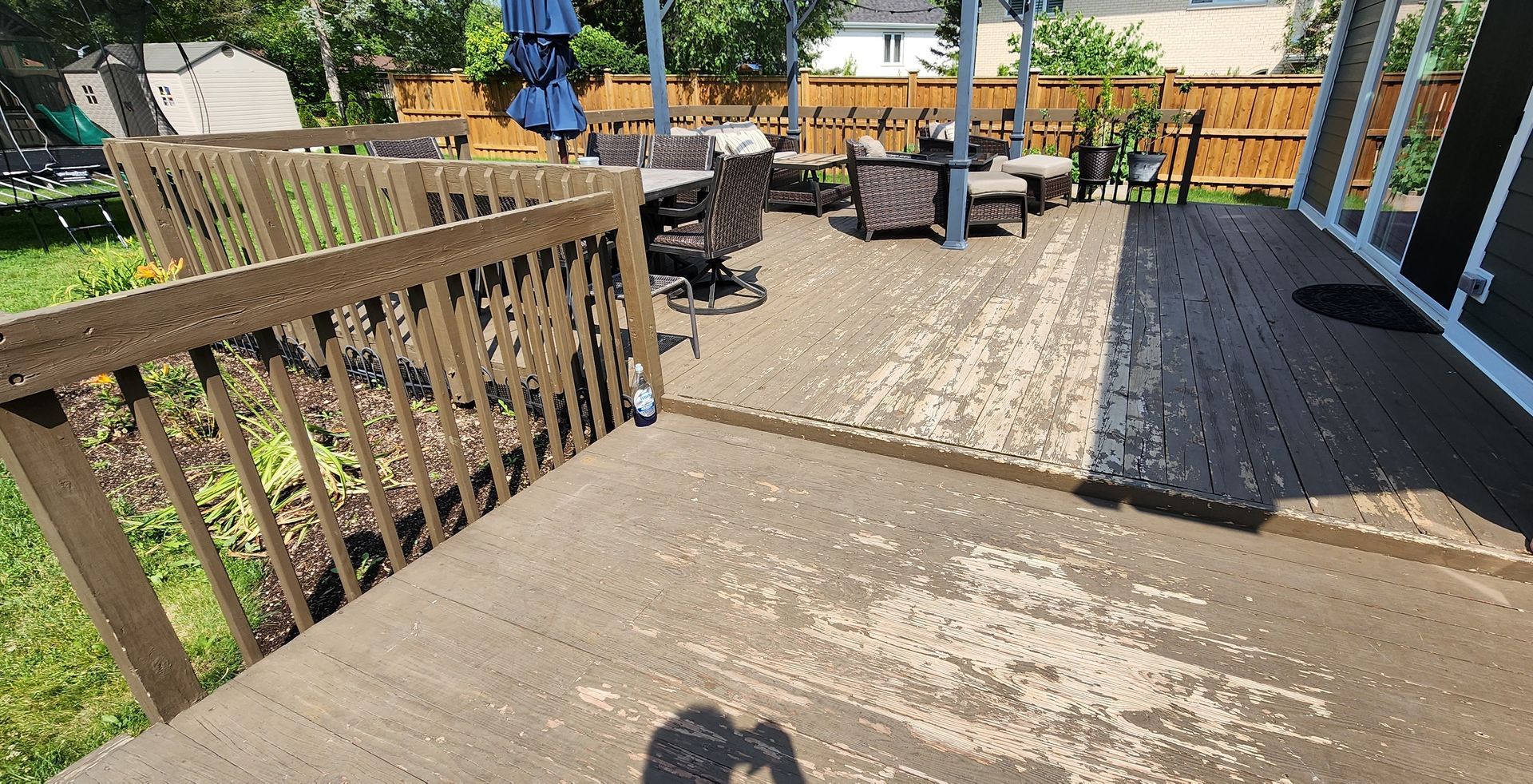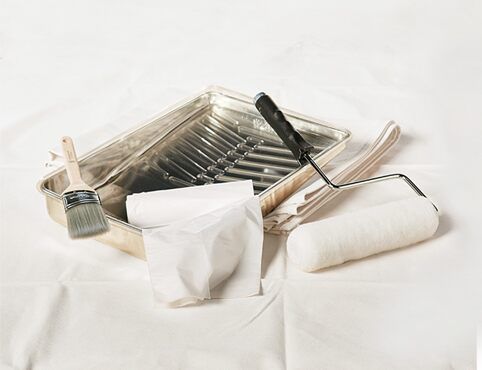How much does interior painting cost?
Interior Painting Cost
A Comprehensive Guide to Budgeting Your Project
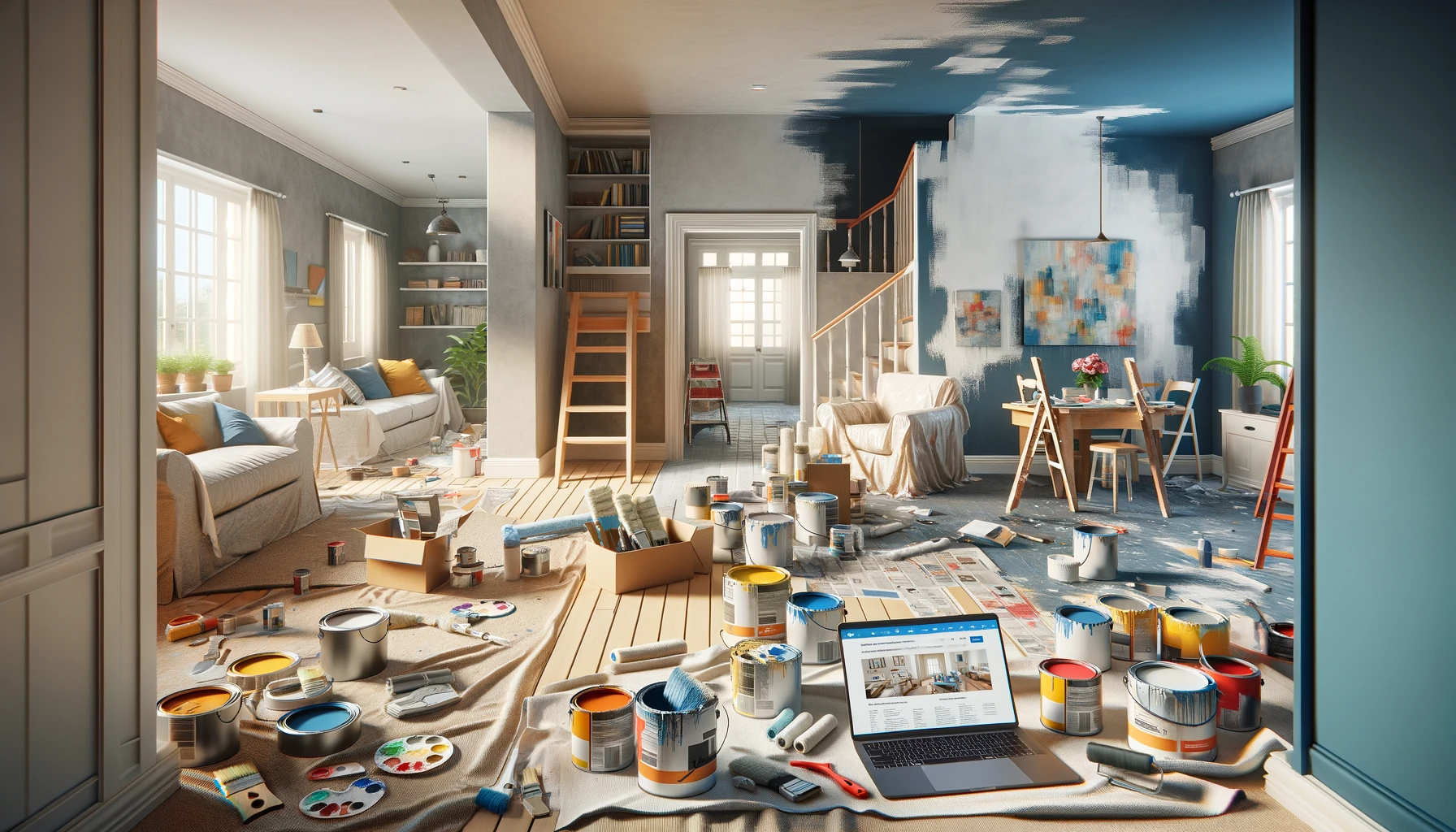
When it comes to transforming the ambiance of your living spaces, few home improvement projects are as effective and rewarding as interior painting. Whether you're looking to refresh a single room or overhaul your entire home's look, understanding the costs involved is crucial for effective budgeting. In this comprehensive guide to interior painting cost, we'll delve into the various factors that influence pricing, offer insights into cost-saving strategies, and provide you with a clear understanding of how to plan and manage your interior painting project.
Understanding Interior Painting Cost: Where Your Money Goes
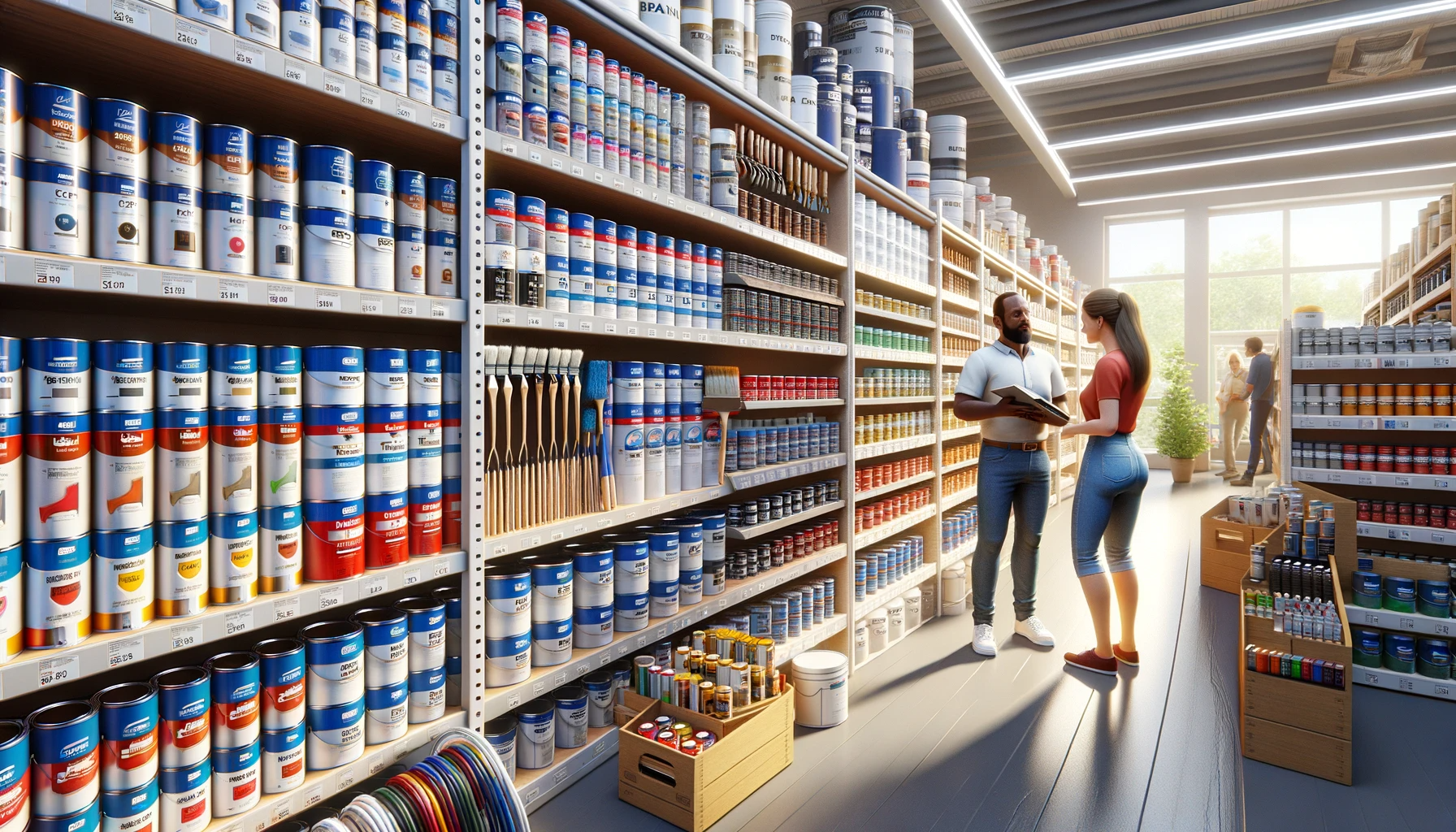
Paint Materials and Quality
Paint is the cornerstone of any painting project, and its cost can vary significantly based on several factors.
Paint Type
The type of paint you choose plays a pivotal role in determining the overall cost of your interior painting project. Latex and to a lesser extend oil-based paints are among the most common options available, each with its own set of pros and cons. Paint sheen can also have a significant effect on overall cost. High Gloss paints are notoriously difficult to make look flawless, therefore carrying higher cost of application.
- Latex Paint: Typically less expensive than oil-based paint, latex paint is water-based and known for its quick drying time and low odor. It is an excellent choice for interior projects and is available in a variety of finishes, from matte to high gloss.
- Oil-Based Paint: Oil-based paints tend to be more durable and provide a smoother finish. However, they have a longer drying time and may emit stronger odors. They are often used for specific applications, such as painting trim or doors. The main downside of using oil based paints is their limited availability as most manufacturers are slowly phasing them out.
Quality Grades
Paint quality varies widely, and you'll find options ranging from budget-friendly to top-of-the-line premium paints. While it can be tempting to opt for the least expensive option, consider the long-term benefits of investing in quality paint.
- Premium Paints: These paints often come at a higher price point but offer superior durability, coverage, and color retention. They can also resist stains and withstand cleaning better than lower-quality options. We recommend using either Benjamin Moore or Sherwin Williams paints.
- Budget Paints: Budget-friendly paints may cost less initially, but they may require more coats for adequate coverage and can wear out more quickly, potentially leading to the need for repainting sooner.
Amount Needed
Calculating the amount of paint needed for your project is crucial to avoid unnecessary expenses. Overestimating or underestimating can lead to purchasing too much or too little paint, affecting your budget.
- Project Size: Consider the square footage of the area you plan to paint, including walls, ceilings, and any additional surfaces.
- Surface Type: Different surfaces may absorb paint differently, so factor in the number of coats required for complete coverage.
- Color Change: Changing from a dark to a light color (or vice versa) may necessitate additional coats or primer to achieve the desired color.
Labor Costs
The cost of labor is a significant component of your interior painting project budget. Whether you choose to hire a professional painter or tackle the job yourself, labor costs can vary based on several factors.
Professional vs. DIY
One of the first decisions to make is whether to hire a professional painter or undertake the project yourself. Each approach has its advantages and considerations regarding cost.
- Professional Painter: Hiring a professional painter ensures expertise, efficiency, and a high-quality finish. However, it comes at a cost, including labor rates and potential additional charges for surface preparation or repairs.
- DIY Painting: Painting the interior yourself can save on labor costs, but it requires time, effort, and the acquisition of painting supplies and equipment. The quality of the final result may also depend on your painting skills.
Labor Rates
The rates charged by professional painters vary widely based on location, experience, and the scope of work. It's essential to obtain multiple quotes and understand what factors influence labor costs.
- Geographic Location: Labor rates often correlate with the cost of living in a particular area. Expect higher rates in metropolitan areas compared to rural regions.
- Experience and Expertise: Highly experienced painters may charge more for their skills and reputation. Consider the balance between quality and cost when choosing a painter.
- Scope of Work: The complexity of your project influences labor costs. Extensive surface preparation, intricate details, or challenging conditions can lead to higher rates.
Surface Preparation
Proper surface preparation is essential for achieving a quality paint job. While it may incur additional labor costs, it is a crucial step that can affect the final result.
- Repairs and Patching: Addressing cracks, holes, or damage on walls or ceilings before painting may require extra time and labor.
- Texture Removal: If you're transitioning from textured walls to a smooth finish, the removal of texture can be a labor-intensive process.
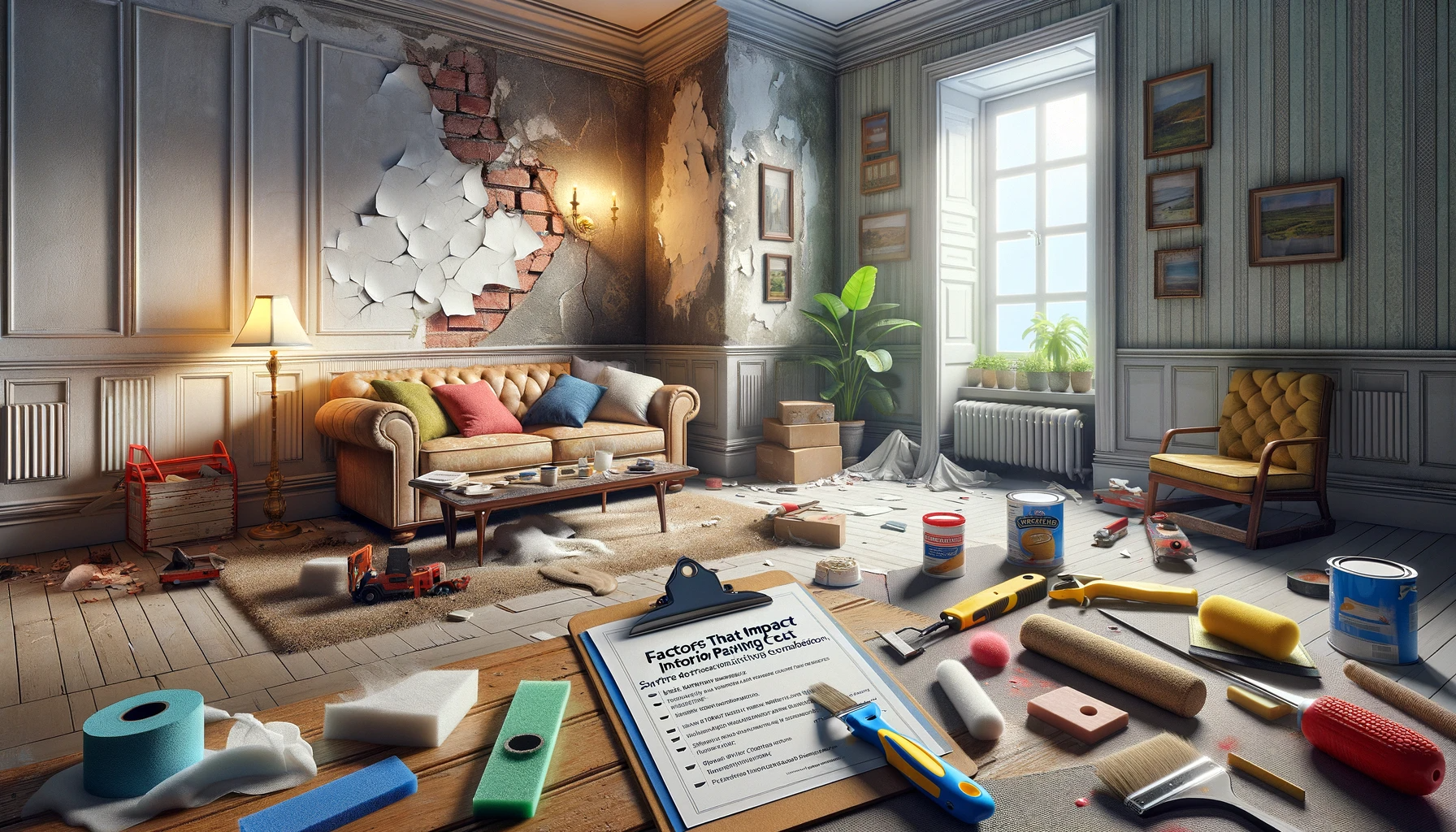
Factors That Impact Interior Painting Costs
Surface Condition
The condition of your surfaces plays a significant role in determining the complexity and cost of your interior painting project.
Wall Repairs
Before embarking on a painting project, evaluate the condition of your walls and ceilings. Addressing any repairs or damage before painting is essential for achieving a smooth finish. Excessive wall repairs often require more sundries and secondary painting material besides paint.
- Cracks and Holes: Filling cracks and holes with the appropriate patching compound is necessary to create a flawless surface.
- Drywall Repairs: Extensive drywall repairs, such as replacing damaged sections or taping and mudding seams, can add to the overall cost.
Wall Texture
Wall texture can impact the amount of paint needed and the overall cost of the project.
- Textured Walls: If your walls have a textured finish, additional paint may be required to achieve complete coverage, potentially increasing your paint expenses.
Color Choice
The color you choose for your interior painting project can influence the number of coats required, affecting both paint and labor costs.
Number of Coats
The color's hue and saturation can determine how many coats of paint are necessary to achieve the desired look.
- Dark or Bold Colors: Deep or bold colors often require multiple coats for full saturation, potentially increasing paint expenses.
- Light Colors: Lighter shades may require fewer coats, reducing both material and labor costs.
Color Changes
If you're changing the color of your walls significantly, especially from a dark to a light shade or vice versa, you may need to consider additional factors.
- Primer Coats: To ensure even coverage and color consistency, applying primer coats may be necessary when transitioning between extreme color changes.
Project Timeframe
The timeframe in which you schedule your interior painting project can also affect costs, as well as the availability of professional painters.
Scheduling
The timing of your project can influence labor costs, with factors such as urgency and seasonality playing a role.
Urgent Projects
If you have an urgent painting project, such as preparing a room for an upcoming event, painters may charge higher rates for accommodating tight deadlines.
Seasonal Variations
Painters may adjust their rates based on seasonal demand. Consider planning your project during off-peak seasons to potentially secure lower labor costs.
Cost-Saving Strategies for Your Interior Painting Project
While interior painting can be an investment, there are several cost-saving strategies to help you achieve a refreshed look within your budget.
DIY Painting
For those willing to invest time and effort, taking a DIY approach to painting can lead to significant savings.
Preparation
Handle surface preparation, such as cleaning and minor repairs, on your own to reduce labor costs.
Labor Savings
By doing the actual painting work yourself, you can eliminate labor costs entirely, focusing on purchasing materials and equipment.
Smart Material Choices
Making informed decisions about paint materials can help you achieve a cost-effective yet high-quality result.
Paint Sales and Discounts
Keep an eye out for promotions, sales, or discounts on quality paints from reputable manufacturers. Buying during sales events can yield substantial savings.
Calculate Accurately
Measure your space accurately to purchase the right amount of paint. Avoid overestimating, which can lead to unnecessary expenses.
Multiple Rooms or Projects
If you have multiple rooms or areas to paint, consider bundling projects together to save on labor costs.
Bundling Projects
Painting multiple rooms or areas simultaneously can be more cost-effective than tackling them individually. It can also help maintain color consistency throughout your home.
Long-Term Planning
If you anticipate additional painting projects in the future, plan strategically to minimize recurring labor expenses. This approach can be particularly useful for larger homes or multi-phase renovations.
Competitive Bidding
When hiring a professional painter, it's essential to obtain multiple quotes and consider negotiation.
Get Multiple Quotes
Request detailed quotes from several professional painters to compare rates, services, and the scope of work.
Negotiation
Don't hesitate to negotiate pricing and terms with prospective painters. Open communication can help you secure the best value for your project.
Contact us today to schedule a free quote for your painting project.

Actual Cost of Interior Painting: Let's See the Numbers
Typically, interior painting costs are calculated based on the square footage of the area to be painted, the number of rooms or spaces, and the desired paint finish. At Z&Z Painting and Restoration, we provide transparent estimates tailored to your specific needs. Wondering about the interior house painting cost for your project? Contact us today to discuss your requirements and receive a detailed breakdown of the painting cost. We'll help you understand how much to paint a room or your entire home, ensuring a budget-friendly solution that meets your expectations. Trust our expertise to transform your space while keeping costs in check.
Most estimates are calculated on total square footage of the area to be painted. What elements of the room that need painting also matter. The price will vary widely if only walls are to be painted or all room elements such as ceiling, window/door casings, window sashes and baseboards.
Rough example
Imagine an apartment or a home of roughly 2000 square feet is getting painted and all room elements mentioned above are to be included. The cost would range somewhere in $7,400 to $11,000 range.
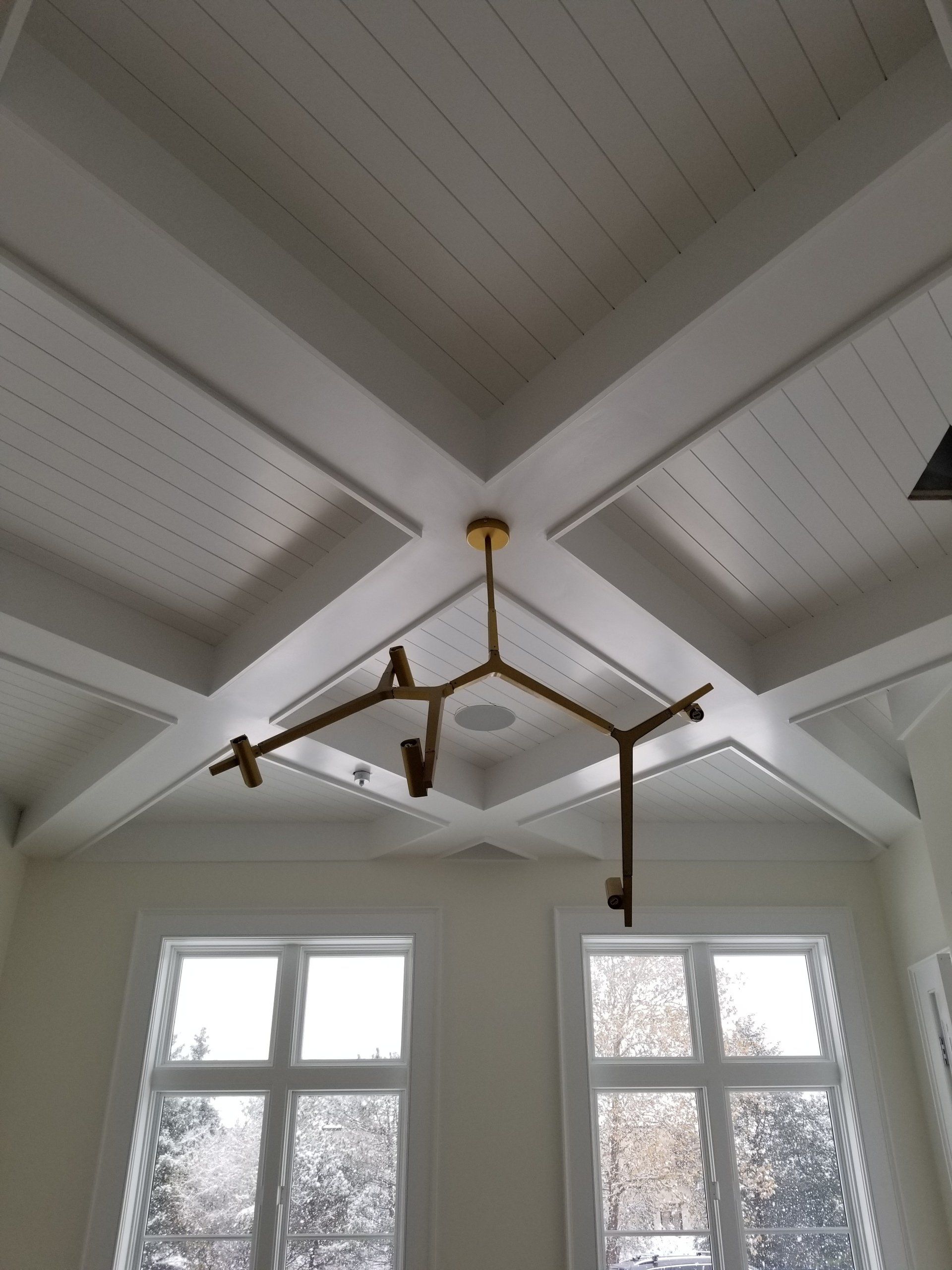
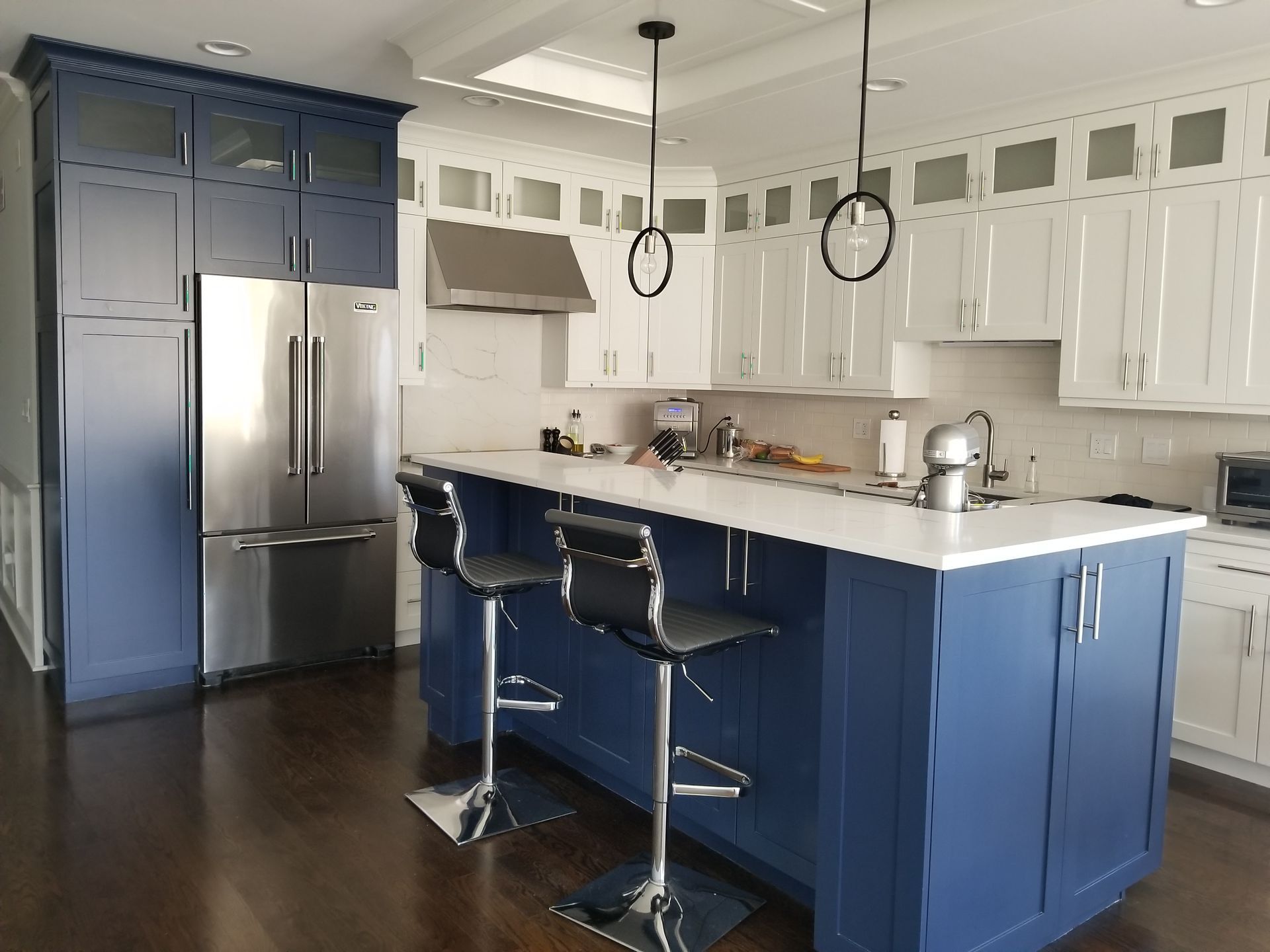
Request an Estimate
Footer Form
We will get back to you as soon as possible.
Please try again later.
Copyright ©2024 Z&Z Painting | All Rights Reserved | Created by Olive + Ash. Managed by Olive Street Design.



